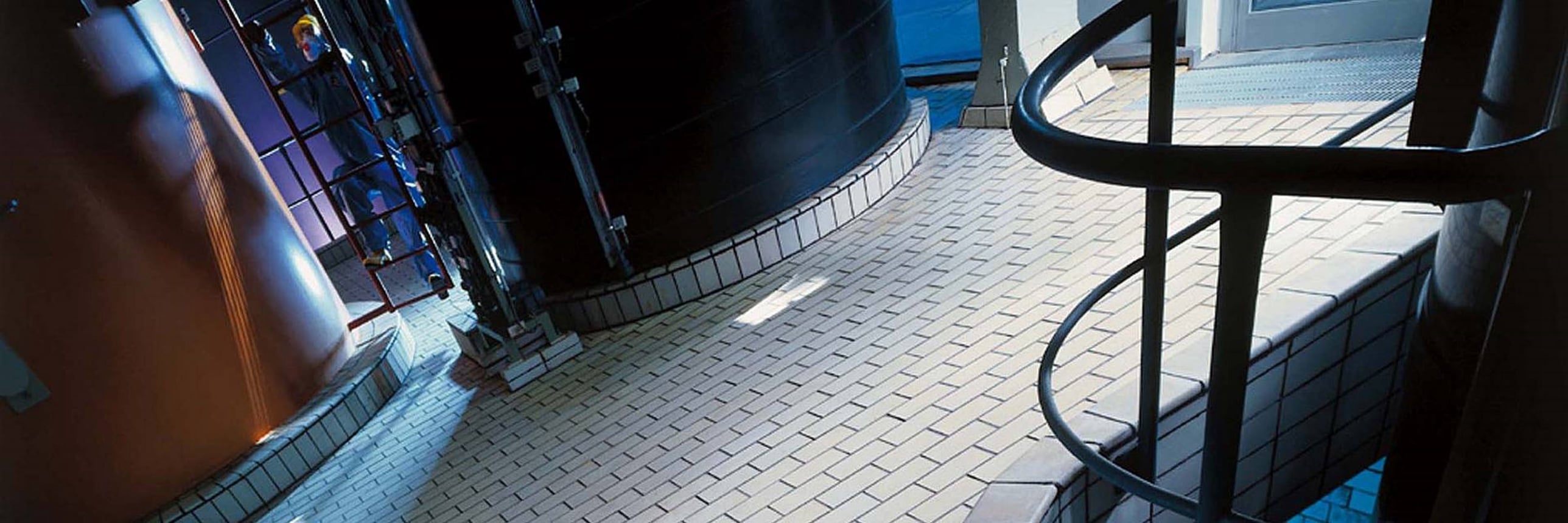Surface Protective Systems

Aderan Dej Co. in one hand by using the benefit the years of experience of local team, and on the other hand by close cooperation with the most experienced engineers from Steuler-KCH as one of the leader companies in the world and JL Goslar, has been providing the wild range of services (Engineering, material procurement and construction) to its client in Iran in the field of Surface Protective and Anti-Corrosion Systems.
Generally, these systems can be divided in four major group:
Synthetic Resin Coatings
Ceramic Linings
Rubber Lining
Thermoplastic Lining / Bekaplast Systems
Lead Lining
Selecting the best system as an anti-acid or anti-alkaline coating or lining will be based on different parameters such as type of chemical media, process conditions, temperature, concentration, mechanical situation and any effective stresses, service and operational conditions and the status of maintenance.
